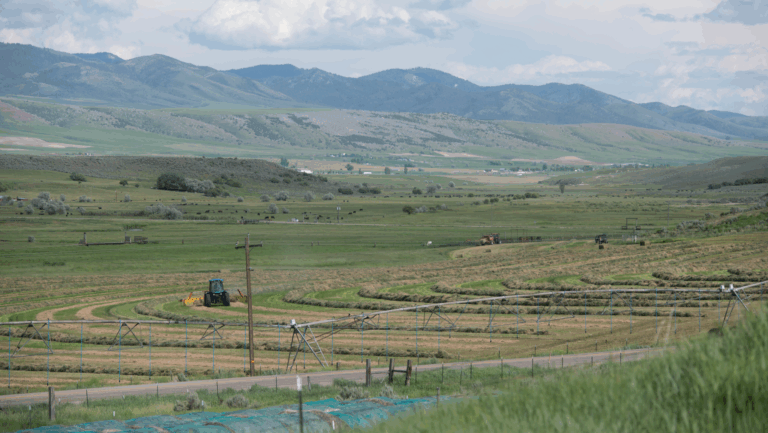Unpacking the 2018 Farm Bill
Legislation with a long history addresses modern farm issues.
The 2018 Farm Bill plays as much of an essential role today, as the first bill’s introduction 86 years ago during the Great Depression. On December 20, 2018, President Trump signed the 2018 Farm Bill, formally known as the Agriculture Improvement Act of 2018. The majority (80 percent) of this $867 billion legislation funds the Supplemental Nutrition Assistance Program, commonly referred to as food stamps. The other 20 percent directly impacts farming.
The portion of the Farm Bill that directly affects agriculture funds valuable support in a nationwide effort to feed and fuel the nation and world, from conservation incentives and assistance for beginning farmers to legalization of hemp as a high-value crop opportunity. Continue reading to learn more about its impact on the agriculture industry.
Farm Bill Helps Farmers Get on Their Feet
To support farmers and their families, Congress appropriated support for the Farm and Ranch Stress Assistance Network. This program will address the rising levels of stress and mental health concerns in rural America, which suffers from a known shortage of mental health services. These rural areas have a growing rate of critical mental health issues according to the Centers for Disease Control and Prevention. While authorized in the 2014 Farm Bill, the Farm and Ranch Stress Assistance Network failed to receive funding at that time. The 2018 Farm Bill finally authorized up to $10 million in annual funding for the network until 2023.
Funding Opportunities for Beginning Farmers
In another effort to get farmers on their feet, the 2018 Farm Bill combines assistance programs for beginning farmers and ranchers, as well as socially disadvantaged and veteran farmers. The revamped program received $50 million in annual permanent funding. This funding offers attractive loan assistance to new farmers by establishing a beginning farmer and rancher coordinator in each state who helps train new and veteran farmers who want to make a living off the land.
With a national-shifting focus on hemp, the 2018 Farm Bill has introduced the legalization of industrial hemp. The newly legalized crop, previously prohibited in the United States for more than 70 years, is a young and immature market that likely will face new regulations as it evolves.
Conservation a Mainstay, Broadband Coming
As a long-time component of historical farm bills, conservation incentives approach nearly $6 billion per year, prompting one of the most challenging and controversial farm bill titles to negotiate. Funding is maintained in the 2018 Farm Bill with some shifts in focus. According to Farm Aid, certified organic growers gained ground with access to increased Organic Initiative payment caps within the Environmental Quality Incentives Program (EQIP) and a new organic allocation within the Conservation Stewardship Program (CSP). The legislation also increases support for the Organic Agriculture Research and Extension Initiative (OREI), which seeks to solve critical organic agriculture issues through research and education.
Changes to Conservation Stewardship Program (CSP)
Within CSP, cover crops, crop rotations, and advanced grazing management will receive increased payments. Comprehensive conservation planning can also receive payments under the new bill. A concern to some, the 2018 Farm Bill’s verbiage indicates long-term cuts to CSP and EQIP in excess of $5 billion past 2023.
In further recognition of rural America’s needs, the current Farm Bill provides funding to bolster broadband development and adoption in rural areas. Notably, fewer rural residents have access to broadband than their urban counterparts. While a Pew Research Center report shows 73 percent of all U.S. adults have access to broadband, only 63 percent of rural adults even have access to this service—a critical tool for modern, high-tech farming today.
AgAmerica Evolves with Farming
AgAmerica understands the needs of modern farm operators and farm landowners. Just as the farm bill has adjusted to changing times, so have we and our spectrum of land loan programs. AgAmerica’s team of experts work directly with farmers across the United States to reduce their ag loan payments, finance new operations, purchase land, consolidate and refinance farm debts, upgrade farm equipment, and increase working capital, helping American agriculture work toward a stronger financial future. Contact us today to speak with one of our Relationship Managers.






